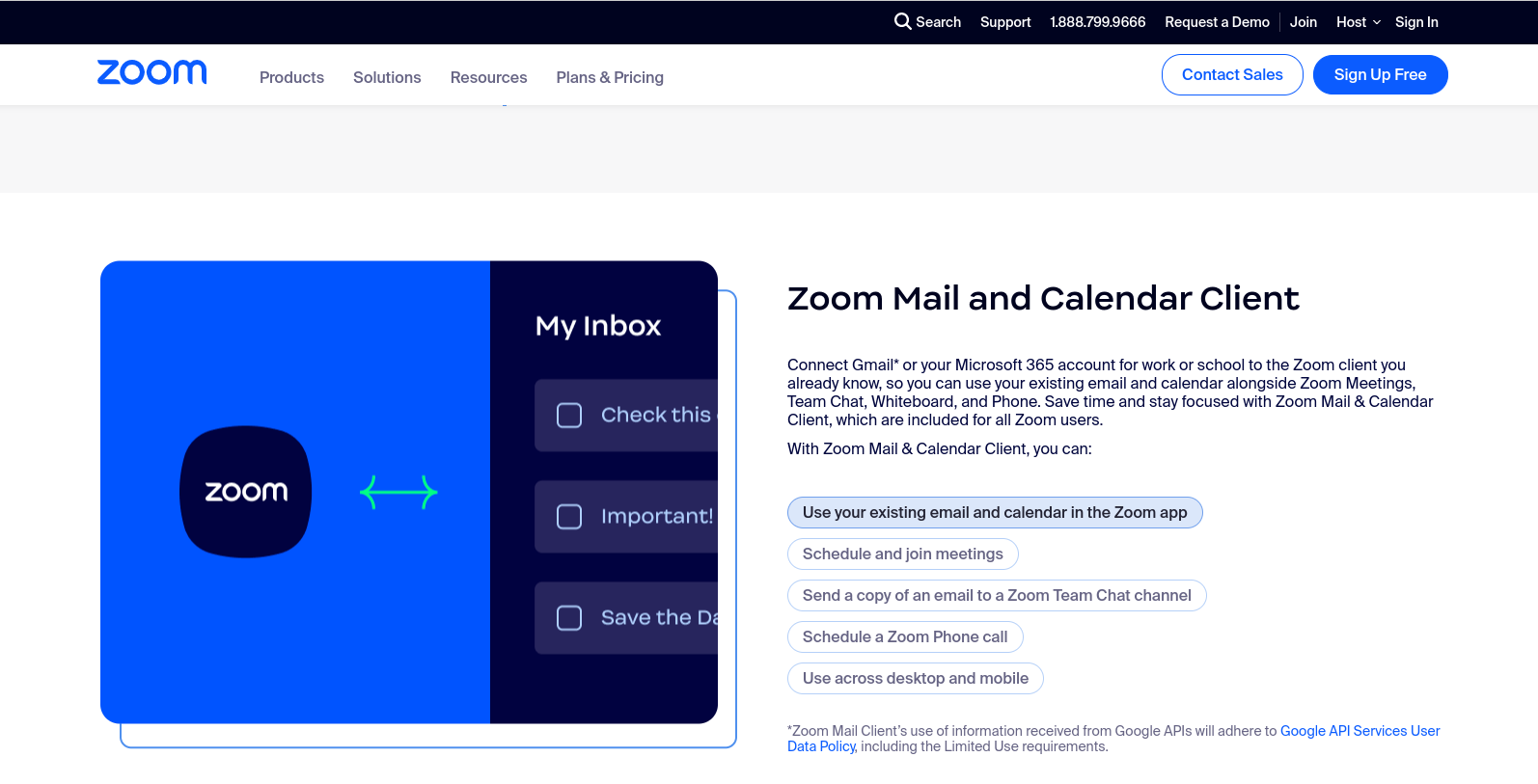

Imagine a world where your boss is consistently on top of their game, navigating through their schedule with the precision of a maestro in a dazzling symphony. The secret to achieving this harmonious mastery lies in the art of Strategic Meeting Planning. Here are key factors that lead to optimal success, such as understanding the importance of strategic planning, defining objectives and priorities, and streamlining the meeting process.
The Importance of Strategic Meeting Planning
The importance of strategic meeting planning cannot be overstated, as it plays a pivotal role in enhancing a boss’s calendar for optimal success. By thoughtfully scheduling meetings and considering factors such as time, place, duration, and the desired outcome, productive discussions can be fostered that contribute to the growth and efficiency of an organization. For instance, a well-planned meeting enables attendees to arrive prepared and on time, ensuring meeting the meeting leader’s objectives.
In addition, strategic meeting planning helps create a harmonious, information-rich, and goal-driven environment that contributes to employee engagement and satisfaction. This positive work atmosphere can be achieved by carefully inviting key stakeholders, setting a clear agenda, and incorporating collaborative tools when organizing meetings. For example, a Harvard Business Review study established that participants from carefully planned and executed meetings felt more connected, informed, and motivated by their work.
Defining Objectives and Priorities Benefits the Strategy
Defining objectives and priorities is crucial to maximizing the benefits of strategic meetings. With clear goals in mind, both the boss and team members can efficiently allocate resources and maintain their focus on addressing the most important issues. The SMART criteria is a well-known example highlighting the importance of setting objectives. By ensuring that goals are Specific, Measurable, Achievable, Relevant, and Time-bound, teams are better equipped to track their progress and make any necessary adjustments.
Effective prioritization is vital to elevating the boss’s calendar. One widely adopted approach is the Eisenhower Matrix, which categorizes tasks based on urgency and importance. This method is particularly useful in identifying which tasks are crucial to driving progress toward meeting goals versus those that may be less critical but still require attention. By prioritizing tasks this way, planners can ensure that time is allocated appropriately, allowing the boss and team members to focus steadily on pursuing their strategic objectives.
Streamlining Your Strategic Meeting Process
Streamlining the meeting process is essential for maximizing productivity and achieving optimal success. One effective strategy to accomplish this is by implementing a standardized agenda, ensuring that all attendees are on the same page, discussions stay focused, and the meeting is geared toward achieving specific goals. Using a priority list of topics and assigning time limits for each item allows deliberations to progress smoothly and prevents time from being wasted on non-essential matters.
Adopt a participative approach by actively seeking input from all attendees, especially individuals with specialized knowledge on a topic. This ensures that each participant feels heard, helps tap into diverse perspectives, and leads to better decision-making. Additionally, delegate responsibilities and follow-up tasks during the meeting to avoid ambiguity and ensure accountability amongst team members.
Leverage Technology for Seamless Meeting Scheduling
Incorporating cutting-edge technology into the meeting planning process is essential for achieving optimal scheduling outcomes for your boss’s calendar. Digital tools such as calendar apps, artificial intelligence assistants, and team collaboration platforms can streamline scheduling tasks while minimizing human error. For instance, AI assistants can schedule meetings by sifting through multiple calendars, considering the availability of all parties involved, and even adjusting time zones when necessary.
Additionally, implementing project management software, such as Trello or Asana, can further enhance the organization and efficiency of strategic meeting planning. These applications enable you to create comprehensive project timelines, set milestones, and delegate tasks to ensure each meeting is thoughtfully planned and executed. Virtual conferencing systems like Zoom or Microsoft Teams provide a flexible meeting space, negating the need for physical rooms and making coordinating schedules with remote staff easier.
Empowering Participants and Enhancing Collaboration
Empowering participants is essential to strategic meeting planning to foster a collaborative atmosphere. To achieve this goal, organizers can distribute the meeting agenda ahead of time, which allows attendees to familiarize themselves with the topics to be discussed, reflect on their contributions, and prepare for active engagement.
Measuring the effectiveness of enhancing collaboration in meetings is crucial for continuous improvement. One way to assess the results is by capturing quantitative data — such as the number of ideas generated or the percentage of participants who actively contributed — during the meeting. Qualitative feedback can also be collected through anonymous post-meeting surveys or focus groups, where attendees can provide insights regarding the meeting’s overall impact on collaboration and their sense of shared ownership.
Strategic Meeting Planning will Ensure Measurable Success for Meetings
Measuring success and continuously improving are essential components of strategic meeting planning. Analyzing the outcomes and drawing valuable insights from each meeting can increase productivity and growth within the organization. Take note of key performance indicators (KPIs), such as increased employee engagement, better problem-solving, and smoother decision-making processes. Be sure to consider qualitative outcomes as well, such as a reduced frequency of misunderstandings or improved creative collaboration.
To ensure improvements are continually made, don’t hesitate to obtain open and honest feedback from participants. This can be done through anonymous post-meeting surveys or by fostering an environment where employees feel comfortable sharing their thoughts on the efficiency and effectiveness of the meetings. Act upon this feedback, which may lead to adjusting meeting agendas, reevaluating time allocation, or fine-tuning meeting facilitation techniques. Keep an open line of communication with employees and foster a culture of innovation, always striving to make each meeting more productive and enjoyable than the last.
Closing Thoughts
In conclusion, strategic meeting planning is crucial in elevating your boss’s calendar and achieving optimal organizational success. Organizations can create a more efficient, engaging, and productive meeting culture by defining clear objectives and priorities, streamlining the meeting process, leveraging technology for seamless scheduling, empowering participants and enhancing collaboration, measuring success, and continuously improving.
Frequently Asked Questions
Why is strategic meeting planning important?
Strategic meeting planning is crucial for enhancing a boss’s calendar and optimizing organizational success. It ensures productive discussions and efficient resource use and helps create a harmonious, information-rich, and goal-driven environment that contributes to employee engagement and satisfaction.
How do you define objectives and priorities in strategic meetings?
Define objectives using the SMART criteria, which ensures goals are Specific, Measurable, Achievable, Relevant, and Time-bound. Then, prioritize tasks using an approach such as the Eisenhower Matrix, which categorizes tasks based on their urgency and importance, ensuring that time and resources are allocated appropriately.
What are some ways to streamline the meeting process?
To streamline the meeting process, implement a standardized agenda, use collaboration tools like Google Docs, actively seek input from attendees, and delegate responsibilities and follow-up tasks during the meeting itself. These tactics contribute to more efficient, focused, and productive meetings.
How can technology improve strategic meeting planning?
Technology can improve strategic meeting planning through digital tools like calendar apps, AI assistants, team collaboration platforms, project management software, and virtual conferencing systems. These tools streamline scheduling tasks, promote seamless communication, and provide a more flexible meeting space.
What are some ways to empower participants and enhance collaboration?
Distribute the meeting agenda beforehand, implement interactive activities, use team-building exercises, and incorporate technology such as live polling and collaboration apps. Measure the effectiveness of collaboration through quantitative data and qualitative feedback to ensure continuous improvement.
What are some methods for measuring success and continuously improving meetings?
Analyze key performance indicators (KPIs), such as employee engagement and problem-solving, and obtain open and honest participant feedback. Act upon this feedback by adjusting meeting agendas, reevaluating time allocation, and fine-tuning meeting facilitation techniques. This will ensure meeting improvements and optimization.











Howie Jones
My name is Howie and I'm a Customer Success Manager at Calendar. I like to ensure our customers get the best experience using our product. If you have questions email me howie at calendar.com